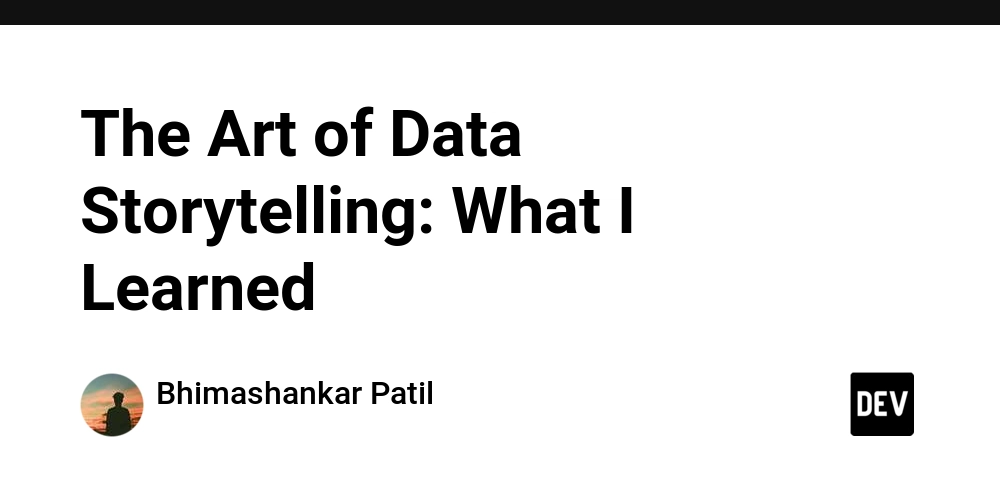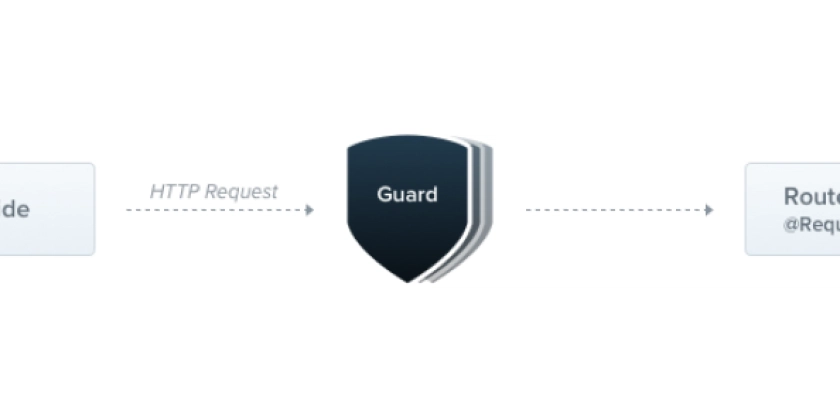
Transform Your Data Presentations: Master the Art of Data Storytelling
Are you tired of presenting data that just doesn't land? Do your stakeholders glaze over when you show them charts and graphs? It's time to embrace the power of data storytelling. Learning how to tell a compelling narrative with your data can dramatically increase engagement and drive better decision-making.
This article explores key lessons for transforming your approach to data storytelling, ensuring your insights are not only understood but also acted upon. Let's ditch the confusing charts and embrace a clear, engaging approach.
Know Your Audience: Tailor Stories for Stakeholder Success
Before you even think about visualizing data, understand who you're talking to. Different stakeholders have different needs and priorities.
- Project sponsors need to see how your solution aligns with business goals. Provide the big picture.
- Business users want to know how your work will make their jobs easier. Detail how data storytelling will improve workflow.
- Delivery teams focus on feasibility and smooth handoffs. Make sure every team understands exactly which capabilities are included in your data storytelling process.
Failing to understand your audience is like setting sail without a destination. By tailoring your message, you ensure relevance and drive action.
Explanatory Analysis: From Data Mess to Crystal Clear Insights
Explanatory analysis is the process of turning raw data into prioritized, actionable requirements. This is where the true data storytelling begins!
- Who? Identify the specific stakeholder or user group with the need.
- What? Define the specific outcome or capability they require.
- How? Describe the process or context in which they will use it.
Mastering explanatory analysis is like detective work – carefully listening, translating, and simplifying complex information into a clear and compelling story.
The 3-Minute Story Guide: Cut the Fluff, Deliver the Essence
Imagine you only have three minutes to explain a vital requirement. Can you do it? Crafting a concise "3-minute story" is essential for effective data storytelling.
- Start with the need: What does the user or team absolutely need to succeed?
- Explain the benefit: How will this requirement improve things – faster workflows, reduced risk, or better decision-making?
This mini-story forces you to focus on what truly matters. If you can't explain it clearly in three minutes, you likely don't understand it well enough.
Storyboard Your User Flows: Map the Journey
Before diving into detailed specs or wireframes, sketch out the user flow with simple slides or diagrams. They're the fastest and most effective way to test the data story. Think of it as mapping a journey:
- What steps does the user take?
- What information do they need at each stage?
- How does the solution respond to their actions?
These early sketches highlight logical gaps and prevent costly rework down the line. The ability to transform raw data into data storytelling has never been easier.
Gestalt Principles: Design Visuals That "Feel Right"
You don't need to be a graphic designer to create effective visuals. Using basic Gestalt principles can make your diagrams and dashboards significantly clearer.
Here are a few examples:
- Proximity: Group related elements together.
- Similarity: Use similar shapes, colors, or sizes to show relationships.
- Closure: Allow the eye to complete incomplete shapes, creating familiarity.
These subtle tweaks can dramatically improve the clarity and impact of your visual story.
Tell the Whole Story: A Step-by-Step Guide
When presenting your requirements, follow a logical narrative to keep your audience engaged and informed.
- Context: What business goals and challenges are you addressing?
- Key findings: What data or research reveals the need?
- Requirements: What exactly needs to be built or delivered?
- Impact: What are the expected benefits and potential risks?
- Next steps: What's the plan for validation, prioritization, and ownership?
This structured approach ensures your data is not just presented, but understood and acted upon.
Final Thoughts: Clarity is Key
Remember, clarity is paramount. Effective data storytelling requires a focused, visual, and human-centered approach. Ask yourself: "What story am I trying to tell, and who needs to hear it?" By answering those crucial questions, you'll transform your data presentations and drive meaningful results.


















